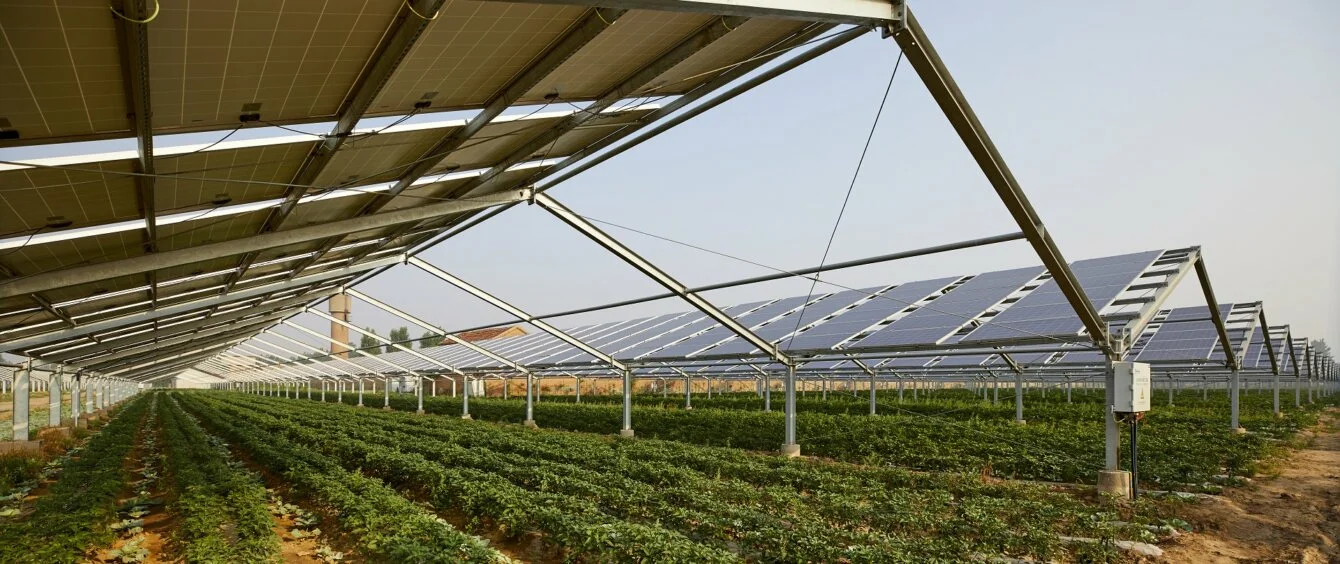Agrivoltaic systems are PV arrays developed specifically for farmland and enable increased crop yield in dry regions. This is the outcome of a study conducted by the Crop Ecology Department of the University of Stuttgart-Hohenheim. Researchers explored how shade created by agrivoltaic (agri-PV) systems affects micro-climates and crop growth.
Agrivoltaics involves setting up solar panels on farmland. Unlike in conventional solar farms, these modules are usually mounted above the fields horizontally – with enough clearance for crops to grow underneath. They basically act as a roof over them. The modules can also be installed vertically, forming rows between which fruit, vegetables and other crops can be cultivated. This technique enables dual usage of available space.
Agrivoltaics can increase crop yield during droughts
Previous wisdom had crops growing beneath the constant shade of agri-PV systems achieving lower yields with sufficient amounts of water under normal conditions. However, the study found that crops benefit from the shade during water scarcity, as water evaporation drops. The conclusion is that this drives harvests in such situations over those on land that is not protected by shade.
This could make agrivoltaics particularly attractive in arid regions, enabling food production and sustainable energy generation to be combined. Moreover, the technology could help curb the effects of droughts. Based on the study, it could thus contribute to combatting the formation of deserts – a phenomenon affecting increasingly large parts of the world due to progressive climate change.
Agrivoltaics helps to curb the impact of climate change in regions already classified as arid. This technology will be of importance above all to regions set to face increasingly severe water shortages, for example in large areas around the Mediterranean. Andreas Schweiger, Study director
India, Africa, the Middle East, western USA and Australia are but some of the regions grappling with changing climatic conditions and, in some cases, significant population growth. Spokespeople for the University of Hohenheim believe that the south of Europe also has to reckon with a rise in dry spells.
Additional research necessary
Despite these promising findings, the team from Hohenheim University emphasises that further extensive research is required in order to make optimal use of agrivoltaics. For instance, the scientists feel one should look into which crop types thrive best beneath the modules and how to optimise shadow to maximise yield. They are convinced that progress in these areas can culminate in smart agri-PV systems capable of measuring crop stress signals and automatic shadow control.
